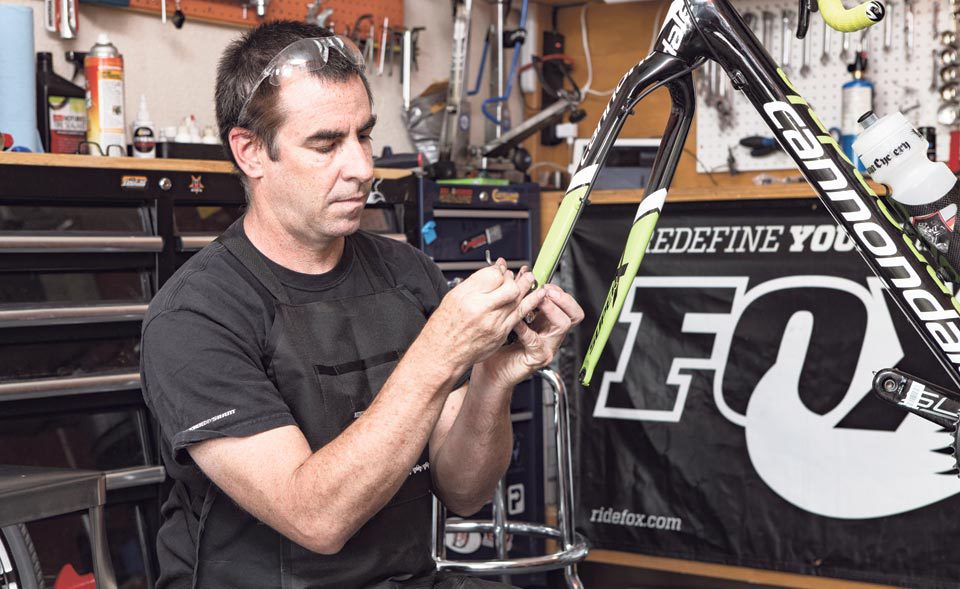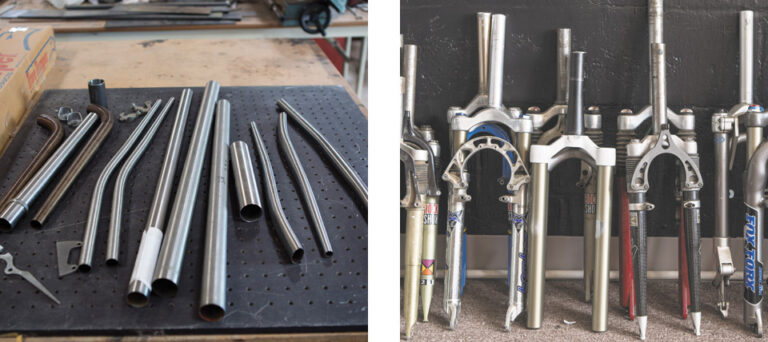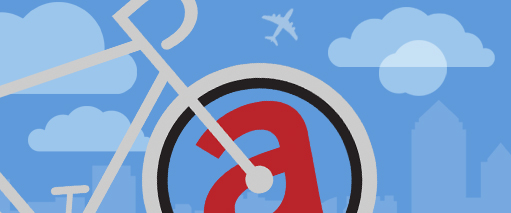Bicycle = Freedom
The Liberating Art Of Bike Construction And Mechanics


Dave Salinas
Eric Williams

Mike McNeese finishing a bike
Eric Williams

Parts ready for assembly
Eric Williams









